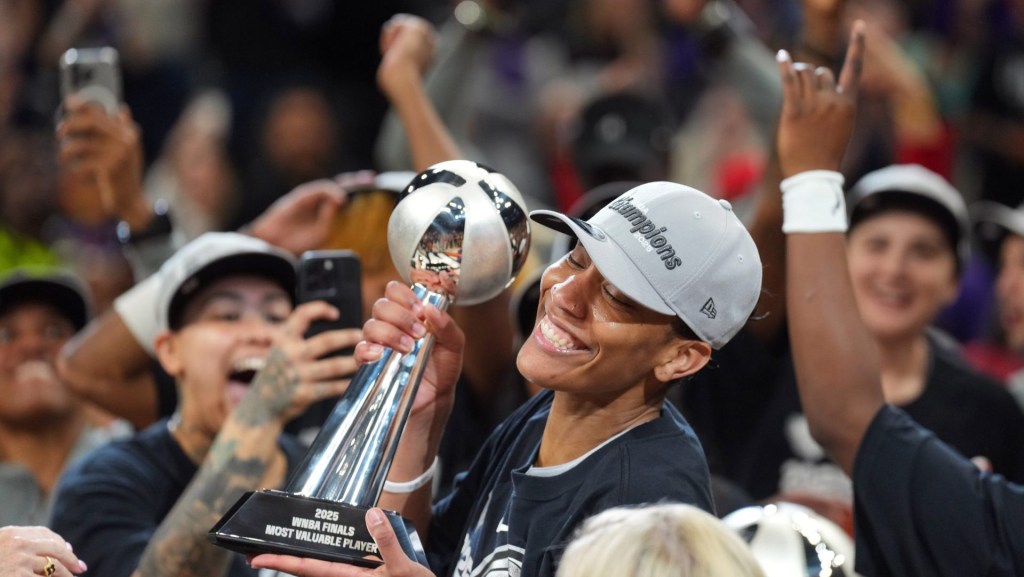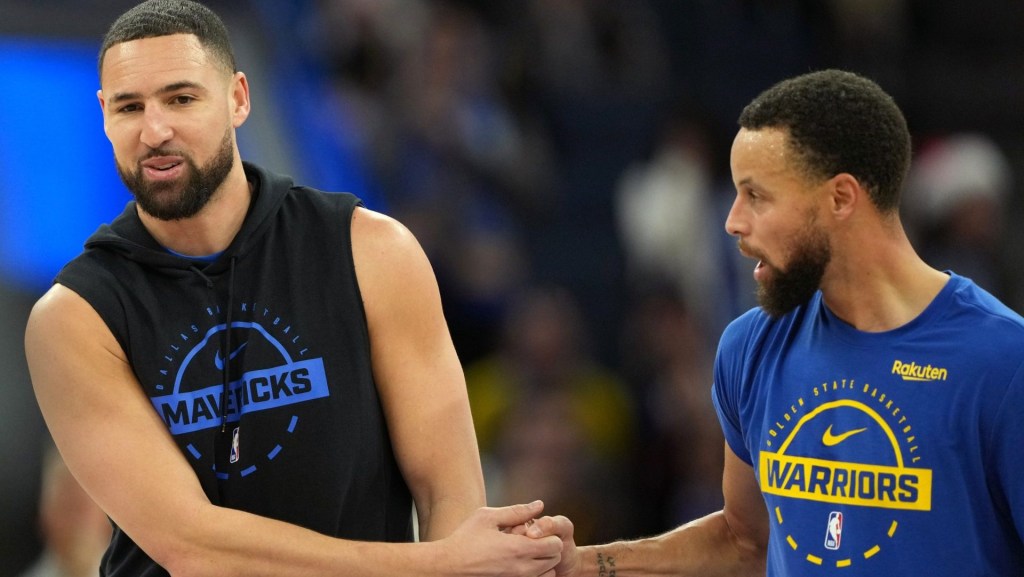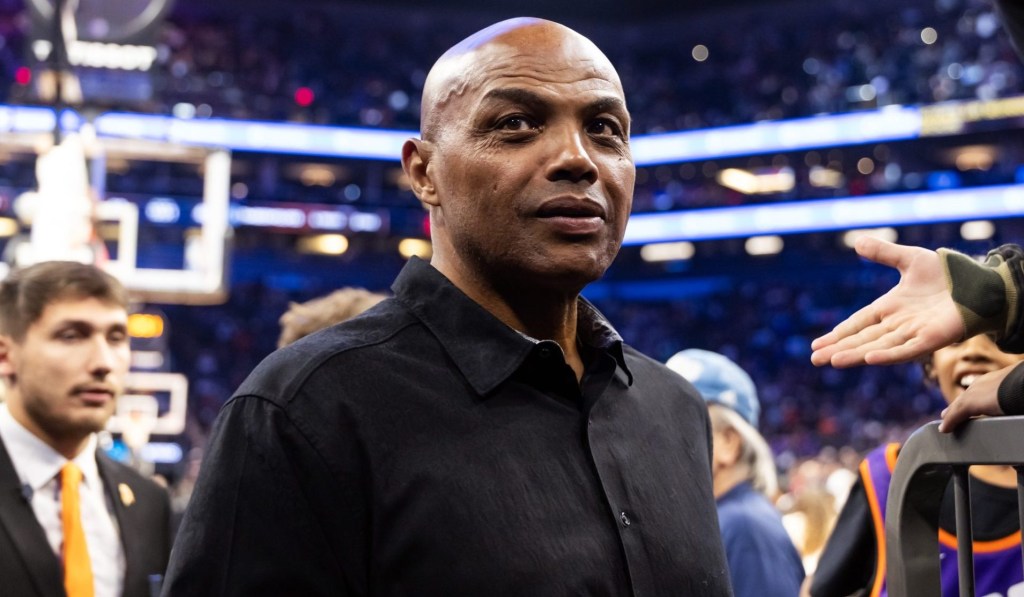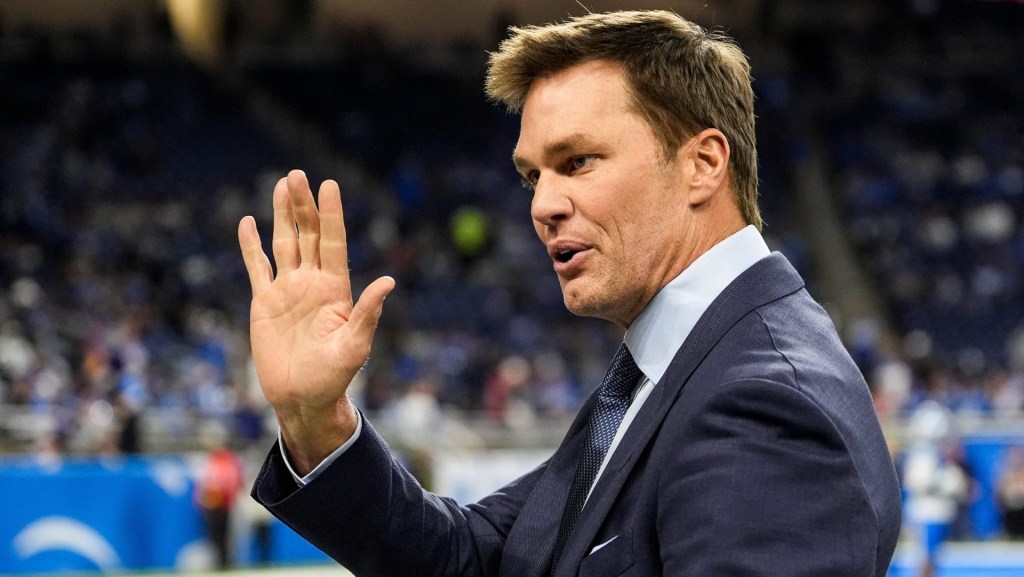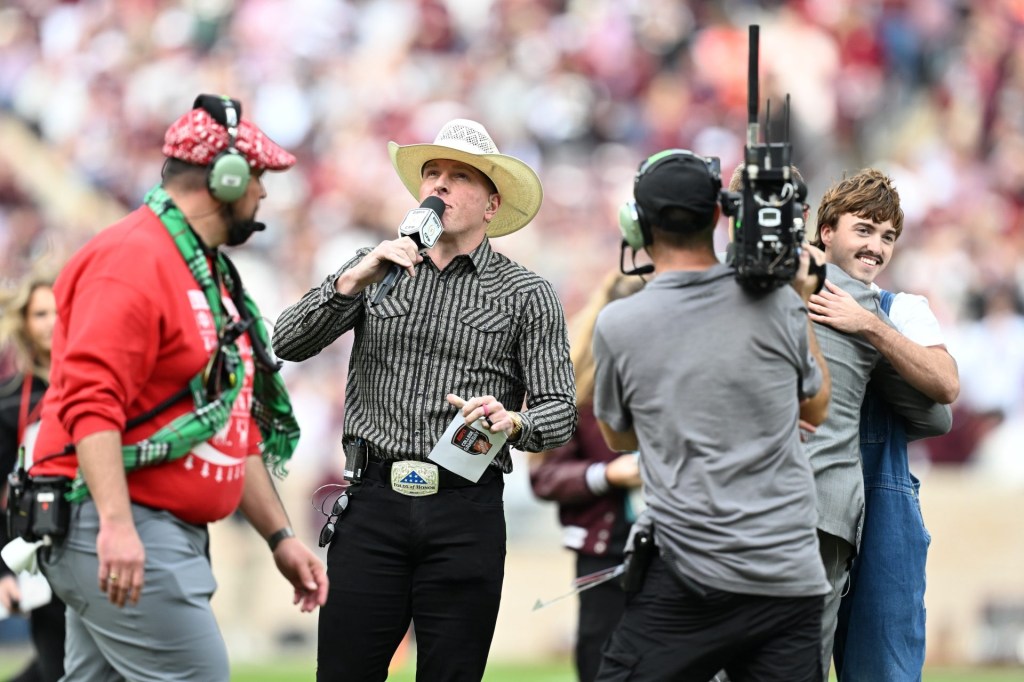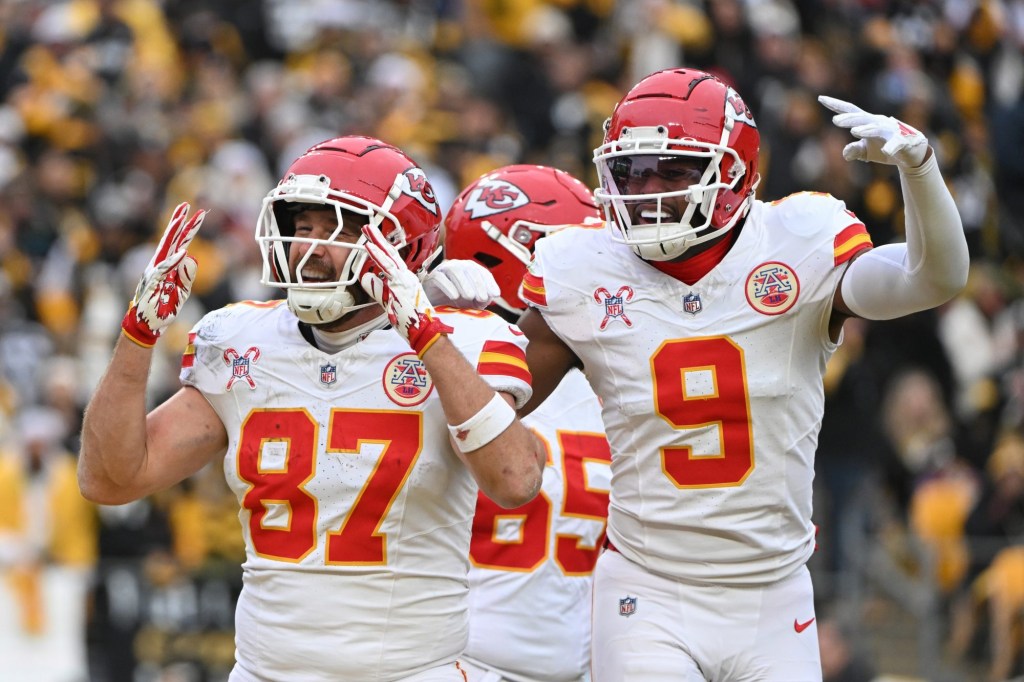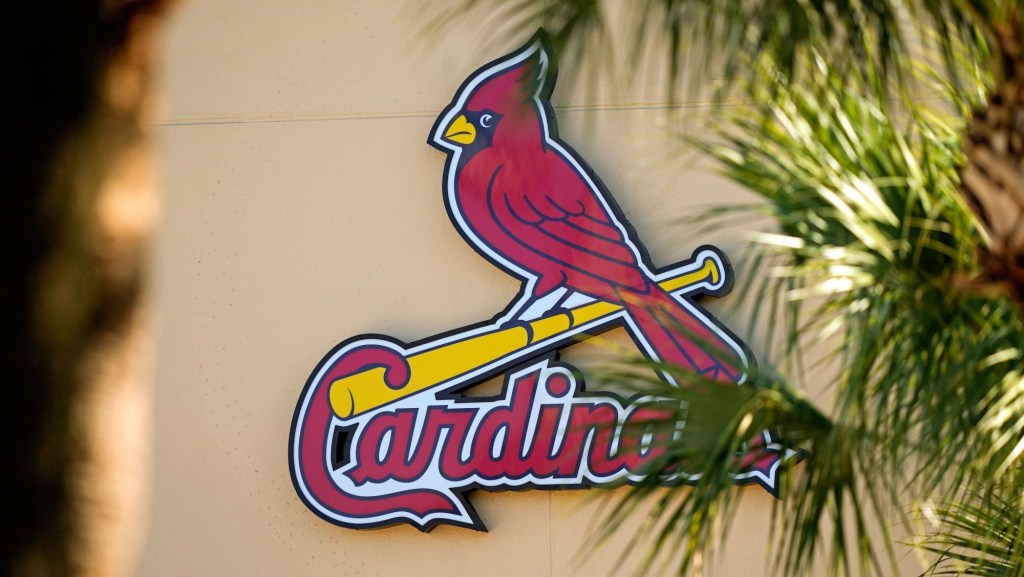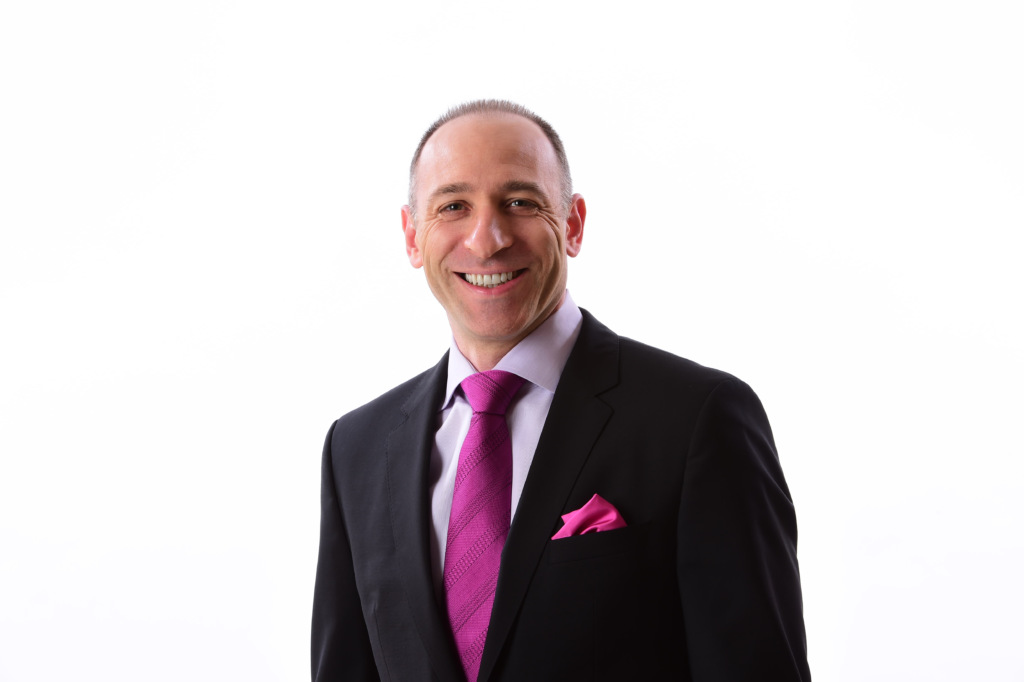
Sports without fans are forcing TV producers to rethink almost every aspect of the way a game is broadcast and now it must be done without the energy of a crowd. The absence of fans from live sporting events will deprive TV networks of the noise and cutaway reaction shots that have been part of sports coverage for decades. As a result, this could be the year of the play-by-play announcer.
Without a crowd backing, it will be up to announcers like ESPN’s Dave Pasch to convey the drama and energy of live sporting events on TV.
The 17-year veteran is one of ESPN’s most versatile and popular announcers, calling NBA games with Bill Walton, college football, the WNBA, men’s and women’s college basketball and the Little League World Series. Pasch has also served as the radio voice of the Arizona Cardinals since 2002.
Front Office Sports asked Pasch if he’s interested in following fellow Syracuse University alum Mike Tirico into the play-by-play announcing chair for “Monday Night Football,” a job once held by TV greats like Howard Cosell and Al Michaels, as well as what TV viewers should expect when live sports return to TV.
FRONT OFFICE SPORTS: Could this be the year of the play-by-play announcer? With no fans in the stands, will it be your job to convey the excitement and drama of live games?
DAVE PASCH: Already as a play-by-play announcer, our job is to document the game and help be the conduit between the fan and the game – and the fan watching at home. If every fan is at home, and there are no fans at the game, and the only way the fan can experience the game is through the voices of the play-by-play announcer, analyst and reporter at the game, whether we’re at the game or doing the game from a remote location, there certainly is going to be more of an onus on us to be as precise as possible. It’s not pressure. It’s just more of a demand to be on your game because you become the only way for the fan to really know what’s going on.
But really that should be our job anyway. We’re not catering to the fan who’s at the game. Because that fan has a front row seat – and can watch the game. So our job always has to be to present the game, to document the game, to entertain the viewer, to make sure we’re getting the rules correct. That we’re on top of what’s happening, what’s happened in the past, what could happen in the future, and how it all ties together.
To tell stories and humanize players. That’s always our job. Maybe there’ll be more of a focus on that universally just because, if indeed fans can’t be in the stands, that’s the only way for a viewer or a fan to consume a game.
FOS: Tell us your take on recent attempts to televise live sports without fans, such as ESPN’s remote coverage of Korean baseball?
DP: I’ve watched bits and pieces, probably not enough to give a lengthy opinion on what I’ve seen so far. I think at this point, if there aren’t going to be fans, or if venues aren’t full, we’re going to have to get creative.
I don’t know what that looks like. It may be trial and error. It may be, ‘Let’s see if this works, how it looks on television and how it sounds on television, how it impacts the players in the game.’ You know, certainly, crowd noise at a soccer game is going to look and feel different than it would at a football game or a basketball game or a hockey game.
READ MORE: ESPN’s Karl Ravech On Calling Korean Baseball
So it’s just all different. Take in-area entertainment. What is that going to look like? Is there going to be that at all if there aren’t fans there?
Let’s say there are announcers on site, and you’re calling a basketball game where there’s zero fans, you’re going to be able to hear everything. So it may be trial and error. It may be, ‘Let’s try this and if it works, great. And see what fans think of it. If not, we’ll adjust.’ I think we have to be open to that. To do the best job we can, to present the best experience to the fan.
FOS: Will networks have to televise games on tape delay as a result?
DP: If there are no fans, and you’re calling an NBA Playoff game, well, the players can hear everything you’re saying. The coaches can hear everything you’re saying.
That is if there’s no crowd noise or no fans. Again, who knows how this is going to look. This is uncharted territory for all of us. I think all of us will just be happy to be able to broadcast the game when we get a chance, whether that’s onsite, remotely from your home, fans, no fans, crowd noise, music, or none of it. We’re just all excited about the potential to get back soon and to do our jobs.
Like I said, our jobs shouldn’t change. Maybe there will be heightened expectations or opinions on our jobs, but it really shouldn’t change. We’re still there to document and entertain.
FOS: Where do you stand on piping “virtual” crowd noise into telecasts? Or digitally inserting virtual fans into empty seats?
DP: Again, how is that going to look? If you pipe in crowd noise, is it a constant crowd noise? Like you would have when we go to a practice? We go to college football practice on Thursday and LSU is getting ready to play Texas A&M and getting ready to deal with the 12th man.
If you’re there, they pipe in crowd noise for a little bit of time. And it’s just a constant crowd noise. It doesn’t go up or down. It doesn’t vary.
Are we doing that? Or are we going to pipe in crowd noise that, if there’s a big play, the crowd can somehow adjust and adapt to the big play? Or if it’s the home team or the road team? There’s so many variables. I’m sure all the bosses who are a lot smarter than me are trying to come up with ideas for it. I don’t know how it would sound or look. But I’ll be curious to find out if that’s the route we go.
FOS: What is it like being the straight man alongside Walton, who will go off on wacky tangents about music or philosophy?
DP: It’s definitely unique. I had worked with him back in 2006, my first year on NBA. Mike Tirico was his regular partner. That was my first year, so I probably did a dozen games. A lot of those were with Bill. At the time, Mike was doing ‘Monday Night Football’ and a lot of other things. So he couldn’t do every game with Bill.
My first experience with Bill was with him and Jon Barry. Jon pulled me aside and said, ‘Hey, make sure you ask me some questions because if you don’t, I’ll never get in.’
Then I remember doing a game with Bill. It was just the two of us. It was a game in Chicago between LeBron James’ Cavaliers and the Bulls. LeBron took his headband off and tossed it towards the scorers table. Bill went on and on about how it’s a technical foul and I didn’t stop him. I didn’t cut him off.
READ MORE: Cost-Conscious ESPN Looking Internally for MNF Talent
I remember Tirico called me the next week and said, ‘Hey, that’s your job. You’ve got to stop it. You can’t just let him go.’ I was just happy to be there and sit next to a Hall of Famer. So I kind of held onto that. And then when [ESPN] got the Pac-12 contract, and they put Bill and I together, I remembered that.
You know, he’s fun. He works hard. He works differently – but he does work really hard. He does a great job of storytelling. He’s entertaining. He’s unique. It can be stressful at times for me. But I try to try to document the game as best I can – while allowing Bill to be Bill.
FOS: ESPN is moving on from Joe Tessitore and Booger McFarland. Are you throwing your hat in the ring for ‘Monday Night Football?’
DP: I would absolutely love to be considered. It is one of the best jobs in broadcasting. There have been so many great announcers who called that game down through the years. I’d be lying if I didn’t say it was a dream caliber job.

